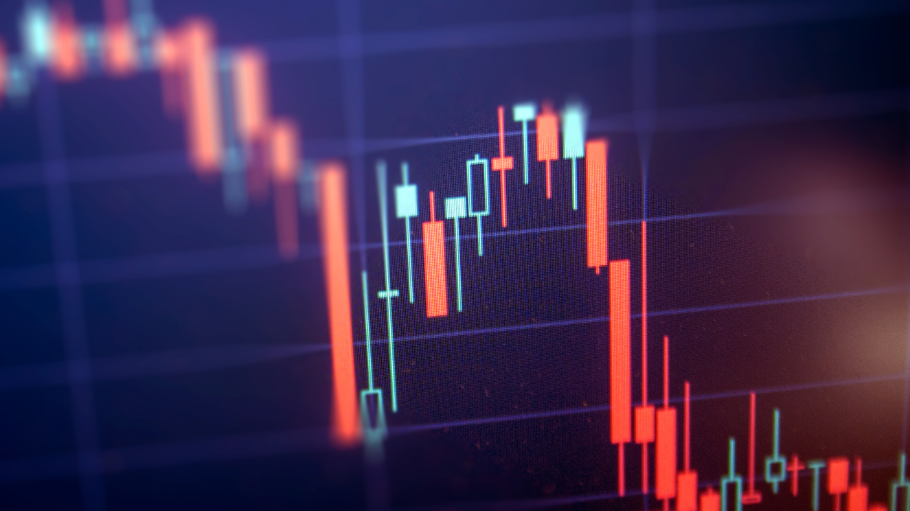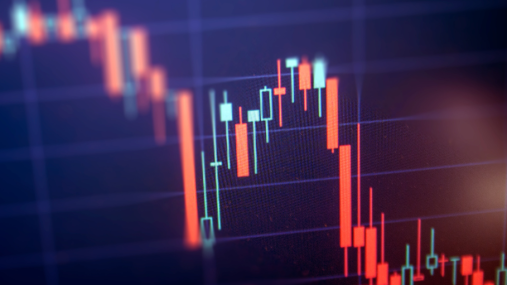
Press releases » Steel market spirals into deeper recession in 2023, faces growing unpredictability for 2024
Steel market spirals into deeper recession in 2023, faces growing unpredictability for 2024
Downloads and links
Recent updates

Brussels, 30 October 2023 – Collapsing demand resulting from high inflation and interest rates, exacerbated by conflicts and persistently elevated power prices, is clouding the steel market outlook for 2023. Recession in apparent steel consumption is expected to further deepen (-5.3%) this year, while the anticipated rebound (+7.6%) in 2024 faces geopolitical unpredictability and prolonged economic uncertainty. Imports, despite a declining trend in line with very weak demand, continue to maintain their market share (28%) above historical levels.
“The perspectives for the European steel sector get gloomier every quarter amidst disruptive wars, global tensions, an unresolved energy crisis, high inflation, tightening economic conditions and historically high import shares that are strangling manufacturing. This situation negatively impacts steel demand. It is essential that EU policymakers steer a course which maintains a sustainable industry in Europe and responds to the call of the clean tech value chain – of which steel is a fundamental part – for an EU Clean Industrial Deal and urgent actions to keep Europe in the world’s clean technology race”, said Axel Eggert, Director General of the European Steel Association (EUROFER).
In the second quarter of 2023, apparent steel consumption recorded its fifth consecutive slump (-7.6%), totalling 35.6 million tonnes. This volume, although higher than the previous quarter, is still below the levels seen in 2021 and the first half of 2022. This negative trend is expected to continue for at least another quarter, leading to a deeper reduction in apparent steel consumption for the whole of 2023 (-5.2%, previous estimate -3%). This would mark the fourth annual recession in the last five years (-7.2% in 2022). In 2024, a stronger rebound is projected (+7.6% from +6.2%), but that recovery is conditional on still very uncertain positive developments in the industrial outlook and steel demand.
Domestic deliveries followed the same downward trajectory in the second quarter of 2023, declining for the fifth consecutive time (-6.5%). Imports, reflecting the prolonged downturn in demand, continued to fall (-10.2%), but their pace more than halved compared to the first quarter (-26.6%). However, the share of imports out of apparent consumption has further expanded (28%), remaining at considerably high levels in historical terms.
Against this challenging backdrop, steel-using sectors in the EU displayed unexpected resilience and continued to moderately grow (+0.8%) also in the second quarter of 2023. This was due to the positive performance of the automotive, mechanical engineering and transport sectors, offsetting poor output in domestic appliances, tubes and metalware, along with the ongoing recession in construction (-2.5%), which accounts for 35% of steel consumption. As long as high interest rates impact demand, the recessionary trend in the construction sector is expected to continue.
Steel-using sectors’ growth is projected to halve (+0.6%) in 2023 compared to previous estimates (+1.3%), and to continue to slow down (+0.4%) in 2024, following a likely downturn in the automotive sector.
Contact
Lucia Sali, Spokesperson and Head of Communications, +32 2 738 79 35, (l.sali@eurofer.eu)
About the European Steel Association (EUROFER)
EUROFER AISBL is located in Brussels and was founded in 1976. It represents the entirety of steel production in the European Union. EUROFER members are steel companies and national steel federations throughout the EU. The major steel companies and national steel federation of Turkey and the United Kingdom are associate members.
The European Steel Association is recorded in the EU transparency register: 93038071152-83.
About the European steel industry
The European steel industry is a world leader in innovation and environmental sustainability. It has a turnover of around €130 billion and directly employs around 306,000 highly-skilled people, producing on average 152 million tonnes of steel per year. More than 500 steel production sites across 22 EU Member States provide direct and indirect employment to millions more European citizens. Closely integrated with Europe’s manufacturing and construction industries, steel is the backbone for development, growth and employment in Europe.
Steel is the most versatile industrial material in the world. The thousands of different grades and types of steel developed by the industry make the modern world possible. Steel is 100% recyclable and therefore is a fundamental part of the circular economy. As a basic engineering material, steel is also an essential factor in the development and deployment of innovative, CO2-mitigating technologies, improving resource efficiency and fostering sustainable development in Europe.

Download files or visit links related to this content
Strasbourg, 17 December 2025 – The European Commission’s latest proposals on the Carbon Border Adjustment Mechanism (CBAM), unveiled today, correctly identify several loopholes that risk undermining its effectiveness, notably regarding EU exports, downstream sectors and circumvention practices. However, despite these laudable efforts, the measures put forward fail to deliver a comprehensive and durable response to carbon and jobs leakage, warns the European Steel Association (EUROFER).
A milestone occasion to quickly and effectively restore affordable electricity, to relaunch the
decarbonization and strengthen the international competitiveness of the European steel
industry.
Brussels, 02 December 2025 – Unchanged negative conditions – U.S. tariffs and trade disruptions, economic and geopolitical tensions, protracted weak demand and still high energy prices – continue to weigh on the European steel market. EUROFER’s latest Economic and Steel Market Outlook confirms for 2025 another recession in both apparent steel consumption (-0.2%, unchanged) and steel-using sectors (-0.5%, revised from -0.7%). A potential recovery is expected only in 2026 for the Steel Weighted Industrial Production index (SWIP) (+1.8%, stable) and for apparent steel consumption (+3%, slightly revised from +3.1%) – although consumption volumes would still remain well below pre-pandemic levels. Steel imports retained historically high shares (27%), while exports plummeted (-9%) in the first eight months of 2025.